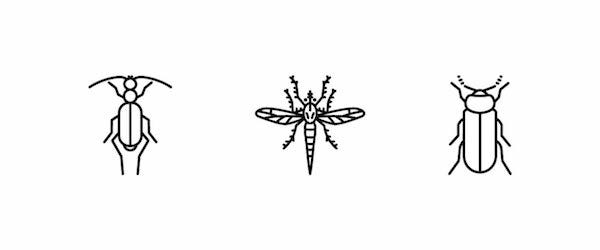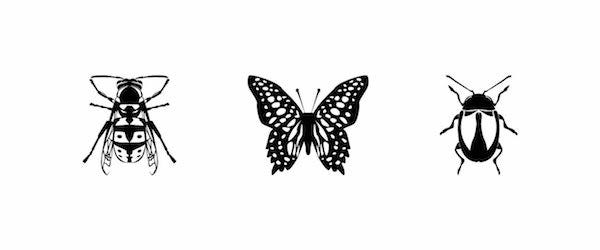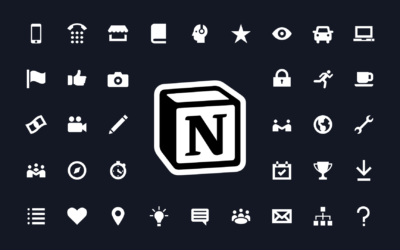Deanna Henderson of Minibeast Wildlife shares how their latest app puts spider identification in the palm of your hand.
Tell us a little about yourself and your company, Minibeast Wildlife.
Minibeast Wildlife is an Australian business that aims to inspire and educate people about invertebrates. These are animals that don’t have an internal skeleton. They are the most important group of animals on the planet, and very little is known about them. This group includes insects, arachnids (spiders and scorpions), mollusks (snails and slugs), and myriapods (centipedes and millipedes). Alan Henderson and I established Minibeast Wildlife in 2005. We undertake a whole range of activities relating to invertebrates. We conduct school incursions using live invertebrates, we breed a lot of these animals and sell them online as pets and as display animals for zoos and museums. We provide specialist expertise and live invertebrates for TV and film productions, and host production companies from around the world. We also produce resources such as high quality macro images, books and apps.
You recently created an app to help people identify Australia’s many spiders — how did you come up with the idea to create the app and how does it work?
We were being inundated with requests via social media and email to identify spiders that people had found in and around their homes. This was taking up a lot of our time and we saw there was a real need to offer this service of identifying spiders. We came up with the idea of an app where people could answer a few simple questions to help ID the spiders on their own. Not many people are educated about spiders, and most people think that nearly every spider is deadly. This is not the case — we only have two spiders in Australia that have caused human fatalities (the redback spider — Latrodectus hasselti and the Sydney Funnelweb — Atrax robustus), and no one has died from the direct effect of the spider’s venom since 1980.
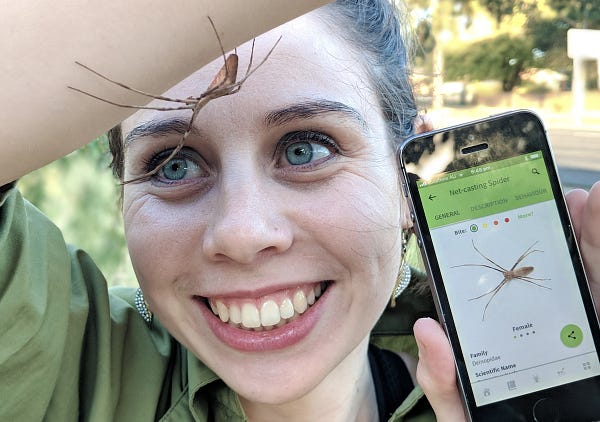
Caitlin Henderson with Net Casting Spider. Image: Minibeast Wildlife.
So, Spidentify was created! Spidentify has details of over 250 of Australia’s spiders, which covers the most commonly encountered spiders in Australia. Spidentify asks a series of questions about a spider that has been found — what the location was, what kind of habitat the spider was in, what the shape and size of the spider is, what colors the spiders had, whether the spider had any particular markings (lines or spots, etc.), if the spider had any particular features (large eyes, large fangs, etc.) and how the spider moved (quick or does it jump, etc.). Then the user will see a list of spiders that most closely match the answers given. Users are also able to browse all spiders in the app and there is lots of additional information about spider anatomy, spider myths, close relatives of spiders and a full glossary of terms.
We noticed you used icons in the app — why did you decide to include icons as a part of the experience?
We wanted to use icons in Spidentify to make it easy to navigate for users and to make it less ‘wordy.’ There’s a lot of information in the app, so by using icons we were able to represent some sections pictorially, and make the app easier to use. We knew we needed icons that would represent the browse options we had, and also the kinds of habitats spiders live in.

Image: Minibeast Wildlife
What are some of the challenges you experienced while you were creating Spidentify?
The main challenge was to anticipate how people would describe a spider and how they would interpret the questions we were asking about the spider they had found. We did a lot of research into this and a lot of testing was conducted with people who were likely to use the app. We also faced the challenge of trying to keep the app size down, as we wanted to provide users with high quality images of the spiders so they could compare them to a spider that had been found in their home.
Why are people so afraid of spiders? And why do you think there is such a fear of Australian spiders in particular?
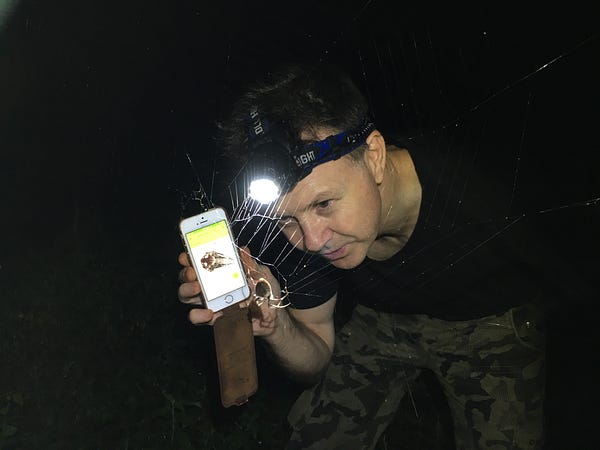
Image: Minibeast Wildlife
Being an ex-arachnophobe myself, I can say that many people are often scared of spiders because they don’t know enough about them. Often their fear is based on misinformation and myths, while the reality is very different. I was able to conquer my fear when I was 22, but I believe that the only way I was able to overcome my fear was by learning about different kinds of spiders, working with them and observing them so I experienced what each spider was capable of. I then learned that spiders were not ‘out to get us,’ and they had fascinating lives of their own and had no interest in interacting with us. Some people do have a deep seeded irrational fear of spiders (arachnophobia), which can be a challenging condition to get over, but it can be done. Australian spiders certainly have a big reputation overseas and many visitors to our country arrive with an apprehension towards them. The truth however, is that the real danger is sensationalized and blown way out of proportion. We have around 2000 human fatalities from motor vehicle accidents per year in Australia and none from spider bites — yet for some odd reason nobody seems concerned about driving!
What do you hope people learn from using Spidentify, in addition to identifying spiders?
We hope that Spidentify helps people to realize that the vast majority of spiders present no danger to them and can help provide people with peace of mind. We also hope it can help users to develop an appreciation for spiders, instead of a fear or dislike of them. Spiders are an incredibly important part of the ecosystem, and can be very beautiful in their own right. So we hope Spidentify will help to save a lot of innocent spiders who accidentally encounter a human.

Image: Minibeast Wildlife
What’s a surprising fact about spiders everyone should know?
Spiders have their skeletons on the outside of their body, called an exoskeleton. Spiders grow by shedding off their exoskeletons to grow to the next size. People often find the shed exoskeleton of a spider and think that it is a dead spider, but actually the spider is still alive somewhere and bigger than it was!
What are some of your favorite Noun Project icons right now?
Being a nature lover, I really like all the nature and animal icons, and the hand drawn icons are very engaging.
Thanks for sharing with us Deanna! You can learn more about Minibeast Wildlife here. For more information about Spidentify and to download the app, visit https://identify-spiders.com/
Here are some of our favorite creepy-crawly icons. What are yours? Add a link with attribution in the comments below!
